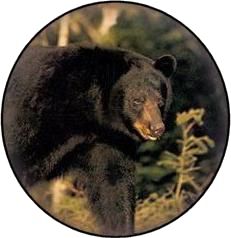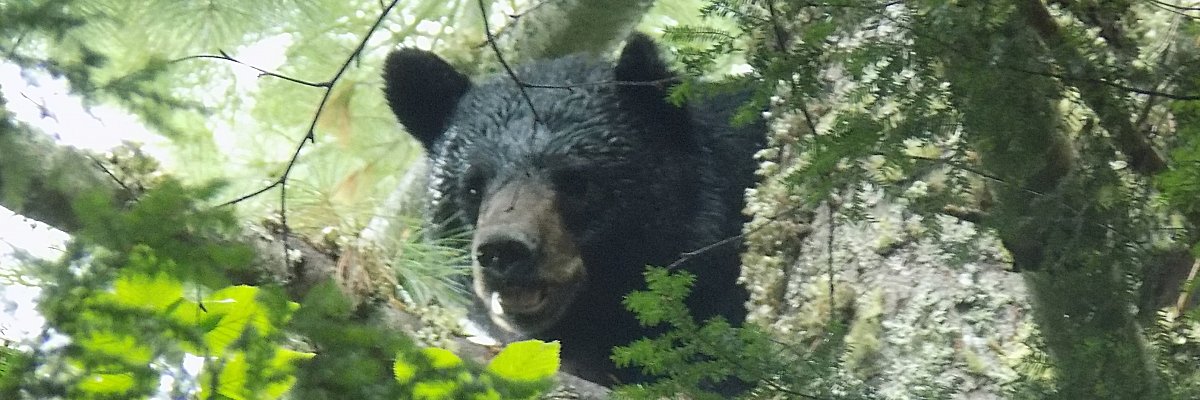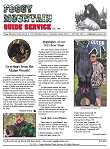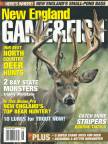The American Black Bear (Ursus Americanus) is the focus of our life. We know and respect bears for the challenging animals they are. The following article is but a tiny sample of the black bear knowledge we have helped collect over our many years hunting this crafty beast.
Black Bear Physical Characteristics
The black bear is the smallest of the three species of bears inhabiting North America (black, brown/grizzly, and polar), has the widest distribution on the continent, and is the only bear living in the eastern United States…
Black bears require forests for protection and food. They are amazingly adaptable…
Black bears breed from May through August, with most activity peaking in June and July. Adults are solitary, and during the summer months males travel over large areas to enhance their chances for encountering mates…
Black bears lead solitary lives, except for breeding pairs, family groups comprised of adult females and their offspring, and occasional aggregations at concentrated food sources…
Historically, bears were found throughout the State. Following European settlement, bears were extirpated from the south-coastal section of Maine, from Portland north to Penobscot Bay as forests were cleared for farming. Soils were depleted and agriculture declined since the turn of the century, and forests have re-grown and are once again able to support bears… restrictions on hunting season length have increased bear survival during the 1990s, and the population increased to 22,000-23,000 bears in 1998…
Articles written by Craig McLaughlin, Ph.D.
Wildlife Biologist
Maine Inland Fisheries and Wildlife







